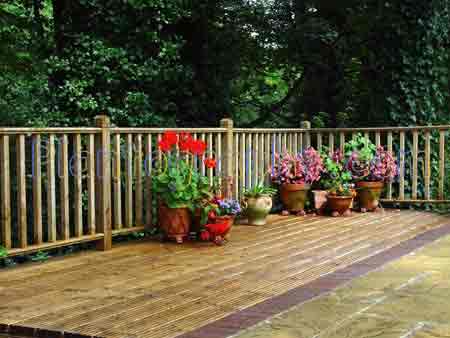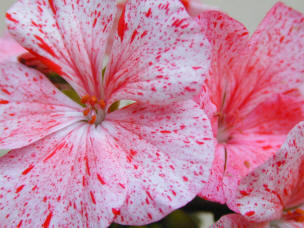Chives – Allium schoenoprasum - Advice and information
Chives is native to cool regions of Europe, it grows on mountains, slopes and exposed rocky outcrops of ground. Chives are the smallest and mildest of the onion family and are extremely hardy plants. Chives are a regular occupant of cottage gardens. They are well suited to being grown in containers of almost any type, and are particularly happy in Terra Cotta pots.
Chives - a hardy perennial - reproducing itself from small bulbs – growing to 12 inches tall. It is propagated by division every three to four years; the bulbs are teased apart and replanted into rich soil, plant about 8in (20cm) apart in spring or autumn. Plants may be raised from seeds sown in shallow drills in April.
The plant should not be cut until their second year. Whilst chives will grow almost anywhere, they seem to have a better flavour if grown in sunny, dry situations. Not being allowed to get too lush with watering or over-feeding.
Medicinal
Chives are mildly antibiotic, also an appetite stimulate and will help in lowering blood pressure and cholesterol. Almost any medical attribute than van be placed at the door of Garlic, can also be assumed for Chives - though slightly lesser in effect.
Culinary
The common Chives plant is a veritable store of many vitamins and phytochemicals beneficial to human health. In particular, Chives is abundant in the Vitamins A and B, together with being a good source of Calcium and Iron.
Chives have a mild onion taste, chop and add to soups and stews. Include them in omelettes or add to sandwich fillings. Use the flower heads as a garnish. Add to mixed leaf salads or add finely chopped chives when making bread. Sprinkle over mashed potatoes for a wonderful alternative flavour.
Growing Chives
Chives can either be grown from seed, or old clumps can be divided quite easily to give extra plants.
Seed Sowing Chives.
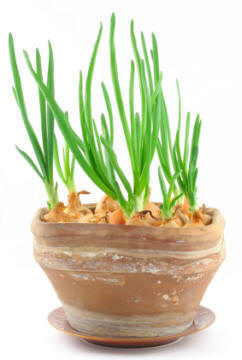 Chives
Seeds should be sown in the spring months - best in a pot of seed
compost or other multi-purpose compost. When the seedlings are a few
inches high, you can separate them into clumps of a dozen seedlings for
quick establishment in their permanent growing position. The Chives will
soon spread into sizable clumps.
Chives
Seeds should be sown in the spring months - best in a pot of seed
compost or other multi-purpose compost. When the seedlings are a few
inches high, you can separate them into clumps of a dozen seedlings for
quick establishment in their permanent growing position. The Chives will
soon spread into sizable clumps.
Division of Chives
Well established clumps of Chives can easily be divided at any time of year in the growing season - Spring to Autumn. (Best not to try dividing Chives in the winter months.
Chives are very happy in all manner of containers - don't let them dry out, and feed them annually with a dressing of Osmocote. Alternatively a liquid feed will do the job, but will have to be applied every three or four weeks. Use multi-purpose compost mixed 50/50 with garden soil for containers, and don't stand the container in full sun. It will be ok if sheltered by foliage from surrounding plants, or even in semi-shade.
Permanent position should be with plenty of humus rich soil, or top dress with multi-purpose compost each spring.
Problems with Chives Herbs
Chives - even though a member of the 'onion' family - does not suffer from onion fly or white rot normally. Thrips have been recorded as being a bit of a pest on newer plants.
Best Selling Gardening Products
Popular Gardening Sections
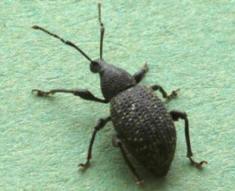
Problems
Identify Weeds in The Garden - How to deal with weeds. Diseases and Pest which harm your garden and plants, learn how to prevent, deter and erradicate your garden problems.
Garden Problems
Pruning
Pruning Guide. Shrubs flower better with correct pruning. Many illustrations and examples of what to do - and when. Includes evergreens, roses, flowering shrubs, spring flowering shrubs and pruning for stem effect. This is our most viewed and comprehensive section,
Pruning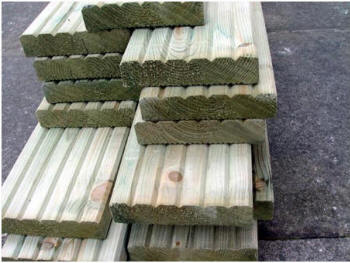
Gardening Businesses
Gardening Businesses listed in the UK counties and USA states. County and State Listings of businesses involved in Garden supplies and services. If you wish to be added to the Directory, please send us your information. Having problems, use the search box
Businesses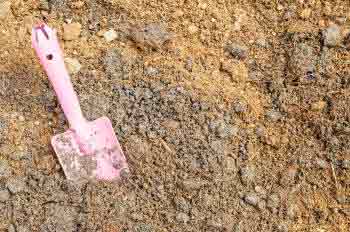
Gardening
In this section you will learn about Gardening Basics, Containers, Landscaping, Propagation and Soil.
Gardening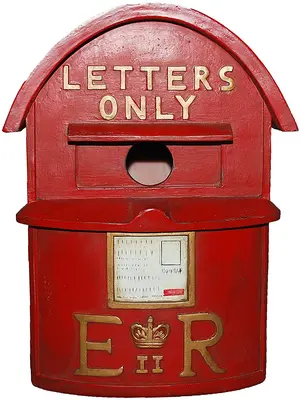
Gardening Gifts
Gardening Gifts and Reviews, Read Before you Buy
- Gardening Gifts Ideas
- Gifts For Her
- Gifts For Men
- Power Tool Gifts
- Cheap Gifts
- Personalised Gifts
- Wildlife Gifts
- Family Gifts

